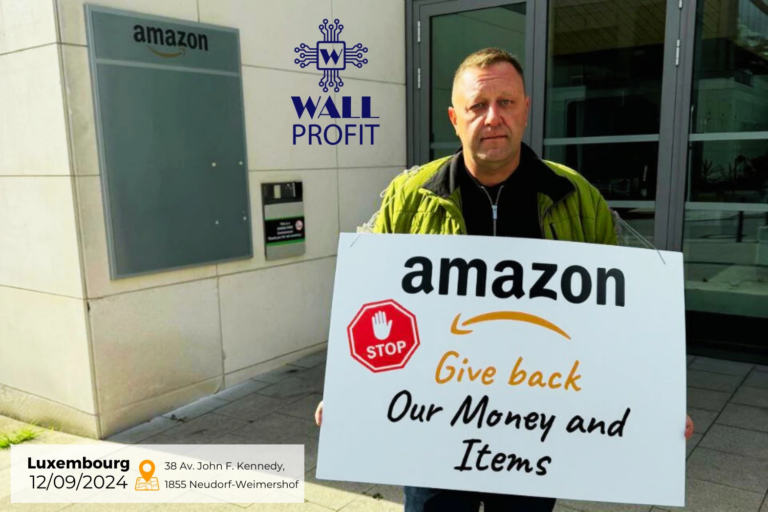
When it comes to soft power, culture plays a crucial role in shaping attitudes and behavior, delivering more efficient and lasting results than other tools in the influence arsenal. American values were not enough to turn the course of the war in Afghanistan. All the science that supports COVID-19 vaccines has not convinced everyone to get in line for a shot. Sports have ups and downs: Football glory was synonymous with Brazil until the 7-0 loss to Germany in the 2014 World Cup. Can a perfume offer a more lasting seduction?
But first, another question: What is France’s greatest contribution to the world? Is it cinema? Auguste and Louis Lumière are considered to be the founding fathers of cinema, their cinématographe bringing film to the wider public for the first time on December 28, 1895. In 2020, French films nearly doubled their local market share, with French movie theaters outperforming most other European countries despite a steep drop in admissions.
Can Chinawood Win Soft Power for Beijing?
READ MORE
However, this seemed to coincide with a drop in US productions coming to market, suggesting that French cinema still can’t compete with the soft power projected by Hollywood, enjoying considerably lower global circulation in commercial theaters.
Is it French cuisine, perhaps? Still no. An international study of more than 25,000 people across 24 countries elected pizza and pasta as the world’s most popular foods. French cuisine doesn’t even win a silver or bronze medal. Italy is followed by China and then Japan when it comes to culinary preferences.
Fashion is definitely France’s greatest cultural soft power, with couture houses of Hubert de Givenchy, Christian Dior, Pierre Cardin, Jean-Paul Gaultier, Yves Saint Laurent and many others being responsible for €150 billion ($175) in direct turnover, including €33 billion in exports, generating 1 million jobs and 2.7% of the country’s GDP in 2016.
One fashion product that symbolizes all that soft power turned 100 this year: Chanel Nº5. Conceived in 1921 by the legendary Gabrielle “Coco” Chanel, who wanted to create “a woman’s perfume with a woman’s scent,” Chanel Nº5 became the top-selling luxury fragrance in the world. Coco Chanel worked with Ernest Beaux, a Russian perfumer, who presented her with five samples. It was the fifth lucky bottle that gave birth to the now-iconic name.
Embed from Getty Images
The popularity of the fragrance lasted through the two world wars, the hippie and feminism movements, and reached the 21st century as a symbol of high luxury, a touch of soft power that has graced the necks and wrists of women all over the planet. It’s a rare occurrence that a product, which is associated with wealth and status, still sells at a rate of a bottle every 30 seconds around the globe. That’s half a million bottles at the price of $100 million every year.
But soft power is not only about money and sales. It’s about winning the hearts and minds. Maybe that’s why Chanel Nº 5 symbolizes French soft power so perfectly. When Hollywood’s most emblematic actress, Marilyn Monroe, was asked what she wears to bed, her reply was, “Just a few drops of Nº5.”
Avantgarde movements like surrealism, dadaism and minimalism of the 1920s may have inspired the famous design of the bottle, which was included in the collection of the Museum of Modern Art in New York in 1959. The bottle fired up the imagination of pop-art star Andy Warhol, who immortalized Chanel Nº5 in four different versions of his “Ads: Chanel” from 1985.
The perfume certainly helped immortalize the name of its creator. In 2009, two big productions told her story: “Coco Before Chanel,” staring Audrey Tautou, was nominated for an Oscar for costume design, and “Coco Chanel & Igor Stravinsky,” staring Anna Mouglalis, told the story of the creation of the perfume during a passionate love affair between two creative giants of the 20th century.
Embed from Getty Images
The soft power of the Chanel Nº5 brand is so efficient that it eclipsed even some dark moments of its creator’s life, like Coco Chanel’s alleged anti-Semitism and homophobia, or her relationship with Nazi officer Hans Gunther von Dincklage during the World War II. In “Sleeping With the Enemy: Coco Chanel’s Secret War,” Hal Vaughan suggests that she also collaborated with the Nazi regime during the occupation of France. Ironically, after the liberation of Paris by the Allies in 1944, American GIs lined up at Chanel’s Rue Cambon boutique to buy the famous perfume for their loved ones.
Over the decades, the soft power of Chanel Nº5 was reinforced by its ambassadors in its ad campaigns: Catherine Deneuve, Ali MacGraw, Audrey Tautou and Gisele Bundchen, among others. Today’s ambassador, Marion Cotillard, is an Academy Award winner for her role as another French icon, Edith Piaf. In 2004, Chanel spent $33 million — 300,000 bottles worth — on an ad directed by Baz Luhrmann starring Nicole Kidman. Chanel could easily afford this splurge: The company is worth $ 12.8 billion, number 52 on the Forbes list of most valuable brands in the world.
To celebrate the perfume’s centenary, Chanel created a diamond necklace that reflects the characteristics of the bottle. More than 700 diamonds were used to make the jewel, surrounding a 55,55 carat D Flawless diamond, reflecting its magic number. Few other products are as lasting, luxurious and seductive as Chanel Nº5, exuding soft power with every fragrant drop.
Source: fairobserver.com



